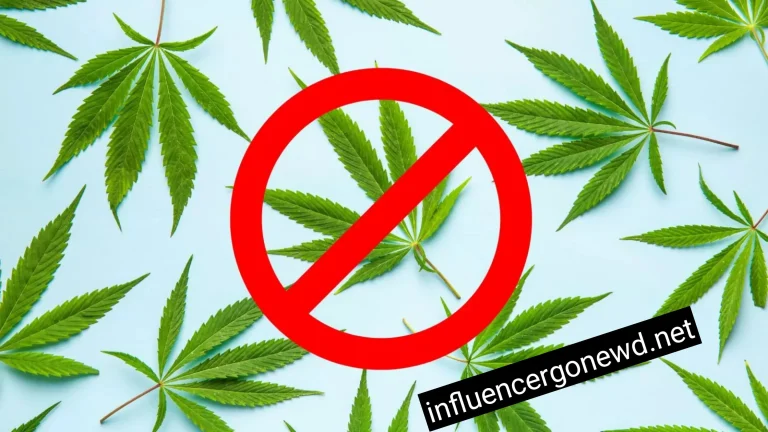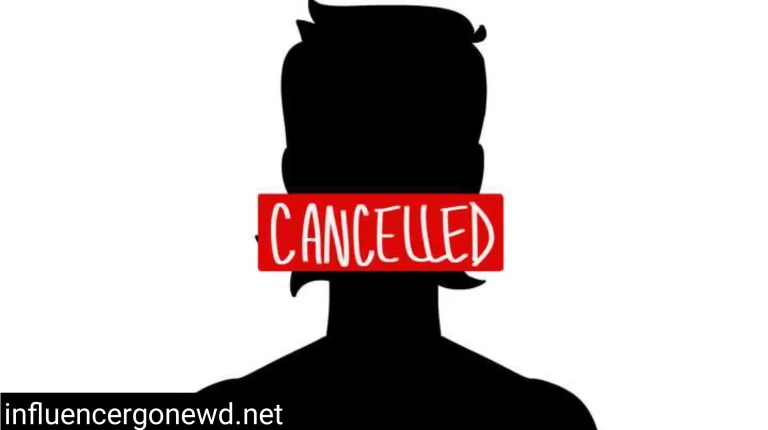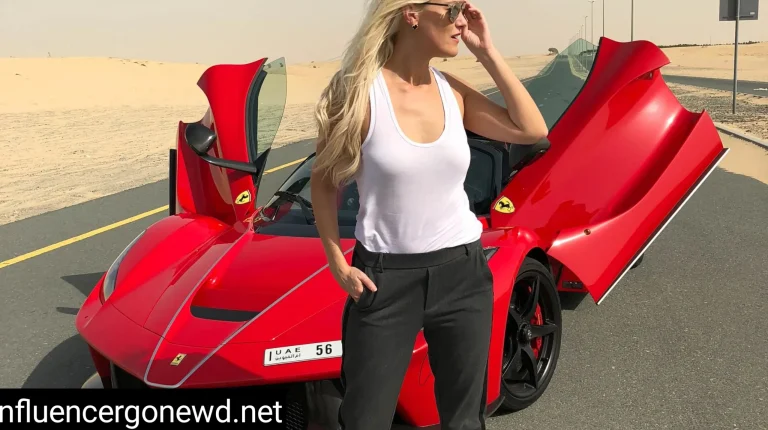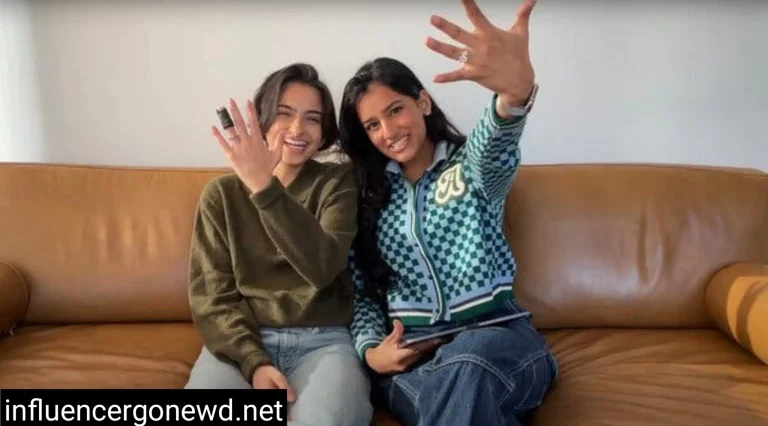Party Culture of Influencers: Glamour, Excess, and Accountability
The party culture of the influencers has emerged as one of the most characteristic features of social media, where glitz, excess, and controversy are involved in the quest to achieve viral fame. This phenomenon combines with Influencer recklessness 2025 in 2025, when creators use excessive parties to increase engagement, which can lead to a social media scandal and an influencer scandal in 2025. This 900-word article will look at the party culture of influencers, its relation to risky influencer behavior, dangerous influencer stunts, reckless social media trends, and viral influencer risks, as well as the rising demand of influencer accountability.
The Party Scene of the Influencer
The party culture of influencers is spectacle-driven, and creators will often stage lavish events in order to demonstrate their lifestyles and find followers. Yacht parties on the Dubai coast to invite-only raves in Los Angeles, these events are meant to go viral, as part of Influencer recklessness 2025. This culture is enhanced by social media applications such as Instagram and TikTok, where aesthetic images and energetic posts are the most popular. In 2024, the total brand sponsorships in influencer events marked 2.1 billion dollars, outlining the economic effect of these events. Nevertheless, the desire to be better than the competitors contributes to the unsafe behavior of the influencer, and it is difficult to distinguish between festivity and overindulgence.

Risky Influencer Behavior at Parties
This party culture of influencers is one of the major causes of risky influencer behavior, where creators seek clout by engaging in extreme antics. This can be done through holding illegal parties in the street or encouraging the use of too much alcohol, which would encourage the followers to adopt risky behaviors. By 2025, influencers such as the participants of the notorious Coachella Crash were criticized because of gatecrashing private parties, demonstrating the careless social media trends that value attention over morals. This kind of activity can be called part of the Influencer recklessness 2025, which threatens legal implications and the lives of other people.
Parties that caused Social Media Controversies
Social media controversies are a breeding ground in the party culture of influencers. Such scandals of influencers 2in 025 are common when a high-profile event takes place, and creators hold a party during a crisis, disregarding the mood of the people. In 2021, influencers were met with a worldwide backlash due to their lockdown-defying parties, which remain a source of backlash. These cases emphasize the dangers of viral influencers because fans condemn the gap between the glamorous lives of influencers and the problems that people face in everyday life, such as financial insecurity or environmental problems. The consequences normally involve loss of sponsorship and tarnished reputations.
Harmful Influencer Antics at Events
The search of viral content promotes risky influencer antics in the influencer party culture. Whether it is diving off yachts to create dramatic videos or organizing demonstrations, such stunts increase the level of Influencer recklessness in 2025. In 2023, the viral influencer risks of this kind of action were demonstrated when a TikTok influencer tried to set off fireworks at an unsanctioned beach party and was subsequently injured and sued. Such events not only place the involved people in danger but also encourage impressionable viewers to follow dangerous social media trends, which can raise wider safety issues.
Scandals of 2025 Influencer Parties
Scandals of influencers in 2025 are often the result of the party culture of the influencers, as the creators are accused of unethical actions at parties. The examples include advertising unsustainable brands or cultural insensitivities in themed parties. A famous example was an influencer with a so-called jungle-themed event that was criticized as an act of cultural appropriation, which caused a significant debate. Such scandals express the lack of influencer responsibility because creators are more focused on going viral than on responsibility. Stricter contracts are also being answered by brands in the form of transparency to reduce the impact of social media controversies.
Psychological Causes of Party Culture
Psychological pressures that contribute to the party culture of influencers include the validation and relevance requirements in a competitive digital environment. The addictive behavior of likes and shares can result in a dopamine rush, which promotes dangerous behavior as an influencer. The influencers will also have enablers around them who will make them forget the boundaries and adopt the irresponsible social media trends to remain relevant. Influencer recklessness 2025 syndrome is also supported by the burnout factor because the creators are under pressure to organize more and more lavish parties to retain their position.
Effects on Followers and the Society
The influencer party culture has serious effects on society, especially on the youth audience. Sixty percent of TikTok users are teens and young adults and can easily fall victim to the glamorous lives that influencer parties depict. This may result in unrealistic expectations and financial stress or engagement in risky influencer stunts motivated by viral content. Furthermore, the influencer party culture tends to encourage excess, which leads to such viral influencer risks as substance abuse or environmental damage. Controversies involving social media due to such incidents further negate trust in influencer marketing.
Platforms and Brands in Accountability
Influencer accountability should be implemented by platforms and brands to tackle the issue of Influencer recklessness 2025 in party culture among influencers. Instagram and TikTok have implemented the rules on reporting dangerous content, but the disproportionate application of these guidelines enables some influencers to avoid penalties. The best way brands can reduce the risk of viral influencers is by collaborating with those who value ethical events, including eco-friendly parties or even charity-based parties. Brands can create a more responsible party culture by establishing expectations and ending partnerships with the brands involved in influencer scandals in 2025.
FAQs About the Party Culture of Influencers
Conclusion
The influencer party culture in 2025 is a blend of two sides, as it combines glamour and the dangers of Influencer recklessness 2025. Although extravagant parties promote interaction, they tend to create scandals on social media, risky influencer challenges, and influencer scandals in 2025. Influencers, platforms, and brands can prevent the dangers of viral influencing by considering risky influencer behavior and careless social media trends, and turn them into a more responsible culture. Focusing on the accountability of influencers and genuine, ethical parties will make the party culture of influencers become a positive influence, as it would strike a balance between celebration and responsibility in the digital era.





